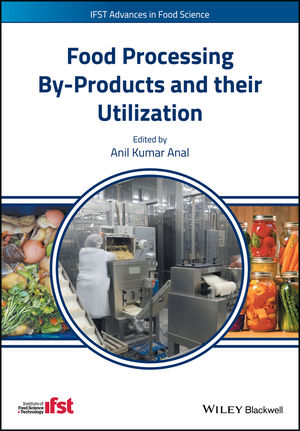Recovering high value products helps food factories maximize returns

When processing any kind of remotely viscous food product it is inevitable that a certain amount will adhere to surfaces, such as the inside of vessels and pipe work, or become left in equipment after processing. The potential value of this lost product can soon add up, especially when handling large quantities of viscous, valuable products such as honey, syrups and purées.
Globally an estimated 30% of the food produced for human consumption is lost or wasted somewhere in the supply chain1. Approximately 185 million tons of food is lost and wasted in North America each year, of this some 57 million tons are lost in the United States between harvest and the consumer2. At a time when all forms of food waste is under increasing scrutiny, it is important that all parts of the food chain are as efficient as possible when it comes to wastage.
The good news is that the processing and packaging part of the food chain is already the most efficient, accounting for just 4% of overall food losses according to the UN Food and Agriculture Organization (FAO)3. However, there is always room for improvement and management processes and equipment design are the two biggest tools food manufactures have at their disposal. Many manufacturers are already adopting this type of best practice. For example, since 2009 PepsiCo has reduced food losses at its sites in the United Kingdom by 20% as part of a wider initiative4.
There are two ways of minimizing such losses in equipment and in an ideal situation they will be used in combination. The first involves designing equipment, such as tubular heat exchangers, which prevent product adhering to the surface in the first place – keeping it flowing through the system. The second aspect is the use of dedicated systems to clean and recover product from equipment after processing and before full cleaning occurs.
Many modern heat exchangers are designed to handle viscous fluids without fouling. Some of these units use the corrugated tube designs, while other units used in more demanding situations use scrapers to continually remove residues from the surface of the tubes before they build up. These heat exchangers can be used for numerous processes, including heating and cooling, cooking, concentrating, pasteurizing and sterilizing.
This self-cleaning provides two advantages in use. Firstly, as the foodstuff being treated is kept moving and does not adhere to the tube surface losses during processing are minimized. Secondly, because a ‘fouling layer’ is not built up, the optimal thermal performance of the heat exchanger is maintained increasing process efficiency and reducing energy use or treatment times.
No matter how good your equipment is at preventing product build-up, there will come a time when cleaning, usually in the form of cleaning-in-place or CIP, needs to be carried out. Depending on the range of products handled and product complexity this may be required several times a day between production batches. If product remaining in equipment is ‘flushed’ through as part of cleaning procedures then, as shown above, hundreds of thousands of pounds of product could be lost each year.
Traditionally the problem has been overcome by the use of ‘pigging systems’ to physically push product through key parts of the system or to use water or air to push product through, although all have certain disadvantages, including added complexity and the potential to dilute or contaminate products.
Another option is to use a heat exchanger which is capable of emptying itself of produce before the cleaning cycle commences. This is possible using the HRS R Series of heat exchangers. This range of tube-in-tube heat exchangers uses a scraper bar within each inner tube to enhance product flow, prevent fouling and minimize pressure drop. The unique feature of the R Series is that the scraper bar features a helical screw which rotates at high speed. When configured correctly, this screw can be run in reverse, effectively emptying the heat exchanger tubes of product without damaging it or changing its characteristics.
The system is particularly suitable for high value viscous products such as honey, treacle, custards and creams, where any loses of product can be economically important. The R Series can be emptied of the majority of product without the need for any additional pumps or pressure systems. This provides advantages in terms of both capital- and running-costs.
The R-Series can be configured for both horizontal and vertical operation, so that gravity can also be used to help recover product from the tubes. Each unit can be supplied with one, three or six tubes and multiple units can be combined for larger installations. Due to the amount of product saved, and the fact that it is often unnecessary to install additional product recovery systems, the R Series heat exchanger can quickly pay for itself, and in the long term can be a more economic option than alternative systems which have lower capital costs.
For more information, visit www.hrs-heatexchangers.com.
1 Global Initiative on Food Loss and Waste Reduction (2015) http://www.fao.org/3/a-i4068e.pdf
2 Food Loss and Waste in North America http://www3.cec.org/islandora/en/item/11772-characterization-and-management-food-loss-and-waste-in-north-america-en.pdf
3 Reducing Food Loss and Waste. World Resources Institute Working Paper. http://www.unep.org/pdf/WRI-UNEP_Reducing_Food_Loss_and_Waste.pdf
4 http://www.fooddrinkeurope.eu/our-actions/foodwaste-toolkit/avoid-food-loss-during-processing/
Looking for a reprint of this article?
From high-res PDFs to custom plaques, order your copy today!







